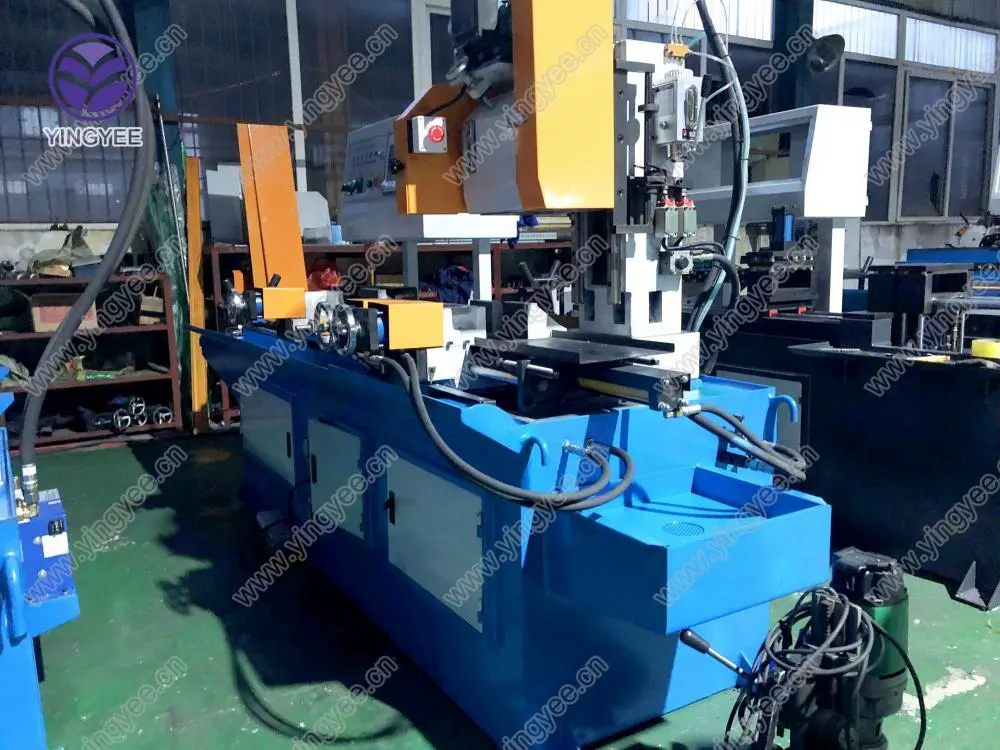
The Role of Roofing Sheet Forming Machines in Modern Construction
In the ever-evolving construction industry, the roofing sheet forming machine has emerged as a vital player. These innovative machines are designed to streamline the production of roofing sheets, offering efficiency, precision, and versatility. With the demand for high-quality roofing solutions on the rise, understanding the importance of these machines is crucial for builders and contractors alike.
Roofing sheets are essential components in building projects, providing protection against the elements while enhancing the aesthetic appeal of structures. Traditionally, the production of roofing sheets involved labor-intensive processes, often resulting in inconsistencies in quality and output. However, roofing sheet forming machines have revolutionized this aspect of construction by automating the manufacturing process, ensuring uniformity and reliability in the products produced.
One of the key advantages of roofing sheet forming machines is their ability to produce a wide variety of sheet profiles. Whether it’s corrugated, trapezoidal, or other custom designs, these machines can be configured to meet specific requirements. This flexibility allows contractors to offer tailored solutions that suit different architectural styles and climatic conditions. Moreover, the machines can handle various raw materials, including metal, plastic, and composite materials, broadening the scope of applications.
Efficiency is another hallmark of roofing sheet forming machines. Unlike traditional manufacturing methods that can be slow and labor-intensive, these machines operate at high speeds, significantly reducing production time. This rapid output is crucial in meeting tight project deadlines and ensures that construction schedules are adhered to. Additionally, the automated nature of these machines minimizes the risk of human error, resulting in higher quality finished products.

In terms of technological advancements, modern roofing sheet forming machines are equipped with sophisticated control systems that allow for precise adjustments during the manufacturing process. This level of automation not only enhances production efficiency but also ensures that each roofing sheet produced meets the required specifications. Many machines come with integration capabilities, allowing them to be connected with other construction technology systems for better management and monitoring.
The economic benefits of investing in roofing sheet forming machines cannot be overlooked. For construction companies, the initial investment is often offset by the savings achieved through reduced labor costs, lower material waste, and increased productivity. As the construction sector continues to grow, having access to efficient manufacturing processes becomes a competitive advantage.
Moreover, the growing emphasis on sustainable building practices has also encouraged the adoption of roofing sheet forming machines. These machines can manufacture roofing solutions that are energy-efficient and recyclable, aligning with global efforts to reduce environmental impact. By choosing materials and production techniques that adhere to sustainability principles, the construction industry can contribute to a greener future.
In conclusion, roofing sheet forming machines play a pivotal role in modern construction by enhancing efficiency, consistency, and adaptability in roofing production. As technology continues to progress, these machines will undoubtedly become even more integral to the construction process, providing builders with the tools they need to meet the challenges of an ever-changing industry. Embracing these innovations will not only improve project outcomes but also pave the way for sustainable construction practices moving forward.